-
.NET (.NET Core)
-
1C
-
APL
-
AWK
-
Agda
-
Agile/Scrum
-
Alef
-
Assembler
-
Basic
-
Beta Programming Language
-
Big Data/DataScience
-
C
-
C#
-
C++
-
CSS
-
Cobol
-
Crystal
-
D
-
Dart
-
DataBase (SQL)
-
Delphi
-
F#
-
Flutter
-
Fortran
-
GPT/AI/ИИ
-
GameDev
-
Git
-
Go (Golang)
-
HTML
-
Hacking and Security
-
Haskell
-
Java
-
JavaScript (JS)
-
Julia
-
Kotlin
-
Machine Learning (ML)
-
Natural language processing (NLP)
-
PHP
-
Pascal
-
Python
-
R
-
Ruby
-
Rust
-
Scratch
-
Swift
-
UML
-
UX/UI
-
Visual Basic
-
Wolfram
-
XML
-
АСУ
-
Проектирование/System Design
-
Сети/Network
-
Схемотехника/электронные схемы
-
.NET (.NET Core)
-
1C
-
APL
-
AWK
-
Agda
-
Agile/Scrum
-
Alef
-
Assembler
-
Basic
-
Beta Programming Language
-
Big Data/DataScience
-
C
-
C#
-
C++
-
CSS
-
Cobol
-
Crystal
-
D
-
Dart
-
DataBase (SQL)
-
Delphi
-
F#
-
Flutter
-
Fortran
-
GPT/AI/ИИ
-
GameDev
-
Git
-
Go (Golang)
-
HTML
-
Hacking and Security
-
Haskell
-
Java
-
JavaScript (JS)
-
Julia
-
Kotlin
-
Machine Learning (ML)
-
Natural language processing (NLP)
-
PHP
-
Pascal
-
Python
-
R
-
Ruby
-
Rust
-
Scratch
-
Swift
-
UML
-
UX/UI
-
Visual Basic
-
Wolfram
-
XML
-
АСУ
-
Проектирование/System Design
-
Сети/Network
-
Схемотехника/электронные схемы
Меню
Learning Angular: A practical guide to building web applications with modern Angular. 5 Ed
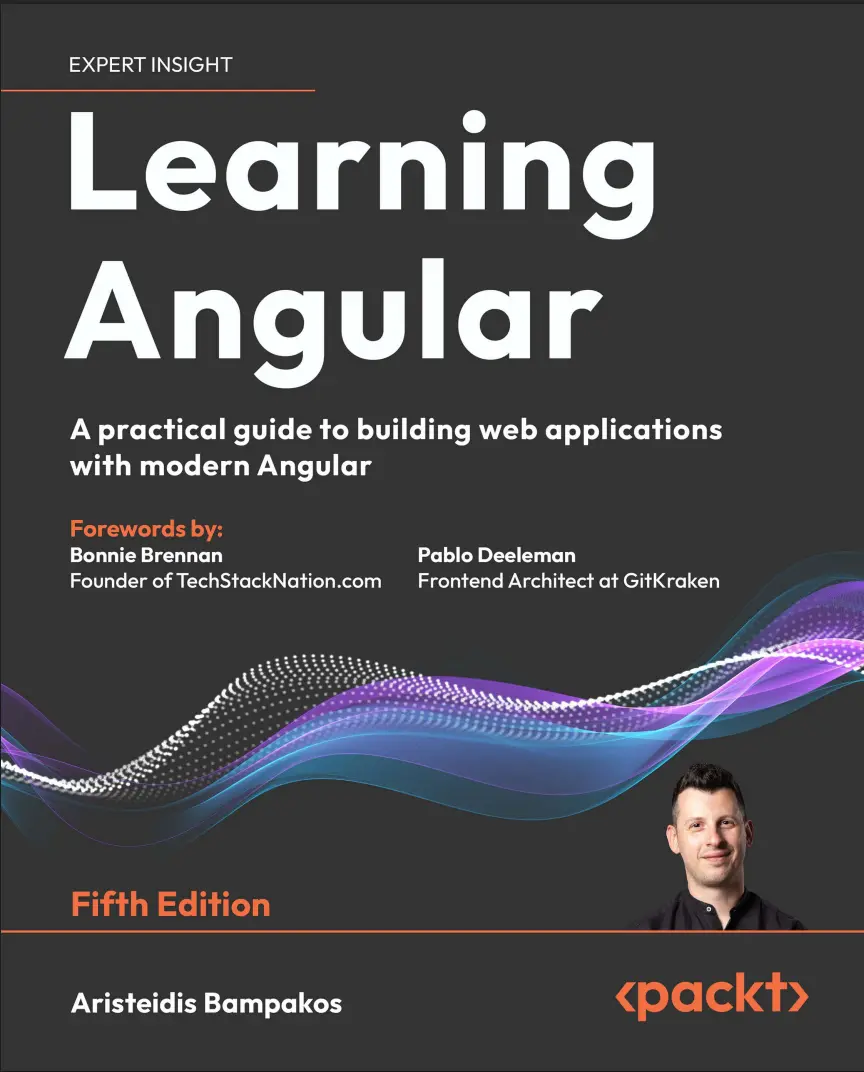
Автор: Bampakos Aristeidis
Дата выхода: 2024
Издательство: Packt Publishing Limited
Количество страниц: 487
Размер файла: 3,6 МБ
Тип файла: PDF
Добавил: codelibs
Preface xix
Chapter 1: Building Your First Angular Application 1
Technical requirements ...................................................................................................... 2
What is Angular? ................................................................................................................. 2
Why choose Angular? .......................................................................................................... 4
Cross-platform • 4
Tooling • 4
Onboarding • 5
The usage of Angular worldwide • 5
Setting up the Angular CLI workspace ................................................................................ 6
Prerequisites • 6
Node.js • 6
npm • 7
Git • 7
Installing the Angular CLI • 7
CLI commands • 8
Creating a new project • 9
The structure of an Angular application ........................................................................... 12
Components • 13
Bootstrapping • 13
Template syntax • 14
Angular tooling ................................................................................................................. 16
Angular DevTools • 16
VSCode Debugger • 20
VSCode Profiles • 22
Angular Language Service • 22
Material Icon Theme • 24
EditorConfig • 24
Summary .......................................................................................................................... 25
Chapter 2: Introduction to TypeScript 27
Technical requirements .................................................................................................... 27
JavaScript essentials ......................................................................................................... 28
Variable declaration • 28
Function parameters • 31
Arrow functions • 32
Optional chaining • 33
Nullish coalescing • 34
Classes • 35
Modules • 36
What is TypeScript? .......................................................................................................... 37
Getting started with TypeScript ....................................................................................... 39
Types • 41
String • 42
Boolean • 42
Number • 42
Array • 42
any • 43
Custom types • 43
Functions • 44
Classes • 45
Interfaces • 48
Generics • 50
Utility types • 52
Summary • 52
Chapter 3: Structuring User Interfaces with Components 55
Technical requirements .................................................................................................... 55
Creating our first component ............................................................................................ 56
The structure of an Angular component • 56
Creating components with the Angular CLI • 58
Interacting with the template ........................................................................................... 60
Loading the component template • 60
Displaying data from the component class • 62
Controlling data representation • 63
Class binding • 71
Style binding • 72
Getting data from the template • 73
Component inter-communication .................................................................................... 75
Passing data using an input binding • 75
Listening for events using an output binding • 77
Emitting data through custom events • 80
Local reference variables in templates • 81
Encapsulating CSS styling ................................................................................................. 82
Deciding on a change detection strategy .......................................................................... 85
Introducing the component lifecycle ................................................................................ 89
Performing component initialization • 90
Cleaning up component resources • 91
Detecting input binding changes • 93
Accessing child components • 95
Summary .......................................................................................................................... 96
Chapter 4: Enriching Applications Using Pipes and Directives 99
Technical requirements .................................................................................................... 99
Manipulating data with pipes ........................................................................................... 99
Building pipes ................................................................................................................. 106
Sorting data using pipes • 106
Passing parameters to pipes • 110
Change detection with pipes • 112
Building directives ........................................................................................................... 113
Displaying dynamic data • 114
Property binding and responding to events • 118
Summary ........................................................................................................................ 120
Chapter 5: Managing Complex Tasks with Services 121
Technical requirements ................................................................................................... 122
Introducing Angular DI .................................................................................................... 122
Creating our first Angular service .................................................................................... 124
Injecting services in the constructor • 126
The inject keyword • 128
Providing dependencies across the application ............................................................... 129
Injecting services in the component tree ......................................................................... 133
Sharing dependencies through components • 133
Root and component injectors • 138
Sandboxing components with multiple instances • 139
Restricting provider lookup • 145
Overriding providers in the injector hierarchy ................................................................. 147
Overriding service implementation • 147
Providing services conditionally • 149
Transforming objects in Angular services • 151
Summary ......................................................................................................................... 153
Chapter 6: Reactive Patterns in Angular 155
Technical requirements ................................................................................................... 155
Strategies for handling asynchronous information .......................................................... 156
Shifting from callback hell to promises • 156
Observables in a nutshell • 160
Reactive programming in Angular ................................................................................... 162
The RxJS library ............................................................................................................... 165
Creating observables • 166
Transforming observables • 167
Subscribing to observables .............................................................................................. 169
Unsubscribing from observables ...................................................................................... 172
Destroying a component • 172
Using the async pipe • 174
Summary ......................................................................................................................... 176
Chapter 7: Tracking Application State with Signals 177
Technical requirements ................................................................................................... 177
Understanding signals .................................................................................................... 178
Reading and writing signals ............................................................................................ 178
Computed signals ........................................................................................................... 180
Cooperating with RxJS .................................................................................................... 182
Summary ......................................................................................................................... 185
Chapter 8: Communicating with Data Services over HTTP 187
Technical requirements ................................................................................................... 187
Communicating data over HTTP ..................................................................................... 188
Introducing the Angular HTTP client .............................................................................. 189
Setting up a backend API ................................................................................................. 191
Handling CRUD data in Angular ...................................................................................... 192
Fetching data through HTTP • 192
Modifying data through HTTP • 202
Adding new products • 203
Updating product price • 207
Removing a product • 210
Authentication and authorization with HTTP ................................................................. 214
Authenticating with a backend API • 214
Authorizing user access • 216
Authorizing HTTP requests • 218
Summary ........................................................................................................................ 222
Chapter 9: Navigating through Applications with Routing 223
Technical requirements .................................................................................................. 224
Introducing the Angular router ....................................................................................... 224
Specifying a base path • 226
Enabling routing in Angular applications • 226
Configuring the router • 227
Rendering components • 228
Configuring the main routes ........................................................................................... 228
Organizing application routes ........................................................................................ 232
Navigating imperatively to a route • 233
Using built-in route paths • 238
Styling router links • 239
Passing parameters to routes .......................................................................................... 240
Building a detail page using route parameters • 240
Reusing components using child routes • 245
Taking a snapshot of route parameters • 247
Filtering data using query parameters • 248
Binding input properties to routes • 250
Enhancing navigation with advanced features ............................................................... 252
Controlling route access • 252
Preventing navigation away from a route • 254
Prefetching route data • 256
Lazy-loading parts of the application • 259
Protecting a lazy-loaded route • 262
Summary ........................................................................................................................ 263
Chapter 10: Collecting User Data with Forms 265
Technical requirements .................................................................................................. 265
Introducing web forms ................................................................................................... 265
Building template-driven forms ..................................................................................... 267
Building reactive forms .................................................................................................... 271
Interacting with reactive forms • 271
Creating nesting form hierarchies • 276
Modifying forms dynamically • 278
Using a form builder • 285
Validating input in forms ................................................................................................ 288
Global validation with CSS • 288
Validation in template-driven forms • 290
Validation in reactive forms • 294
Building custom validators • 297
Manipulating form state ................................................................................................. 303
Updating form state • 303
Reacting to state changes • 304
Summary ........................................................................................................................ 306
Join Us on Discord ........................................................................................................... 306
Chapter 11: Handling Application Errors 307
Technical requirements .................................................................................................. 307
Handling runtime errors ................................................................................................. 308
Catching HTTP request errors • 308
Creating a global error handler • 312
Responding to the 401 Unauthorized error • 315
Demystifying framework errors ....................................................................................... 316
Summary ........................................................................................................................ 318
Chapter 12: Introduction to Angular Material 319
Technical requirements ................................................................................................... 319
Introducing Material Design ........................................................................................... 320
Introducing Angular Material ......................................................................................... 320
Installing Angular Material • 321
Adding UI components • 324
Theming UI components • 325
Integrating UI components ............................................................................................. 329
Form controls • 330
Input • 330
Select • 335
Chips • 337
Navigation • 338
Layout • 340
Card • 341
Data table • 344
Popups and overlays • 350
Creating a confirmation dialog • 350
Configuring dialogs • 353
Getting data from dialogs • 354
Displaying user notifications • 355
Summary ........................................................................................................................ 359
Chapter 13: Unit Testing Angular Applications 361
Technical requirements .................................................................................................. 362
Why do we need unit tests? ............................................................................................. 362
The anatomy of a unit test .............................................................................................. 363
Introducing unit tests in Angular .................................................................................... 365
Testing components ........................................................................................................ 366
Testing with dependencies • 370
Replacing the dependency with a stub • 371
Spying on the dependency method • 375
Testing asynchronous services • 378
Testing with inputs and outputs • 380
Testing with a component harness • 383
Testing services ............................................................................................................... 385
Testing synchronous/asynchronous methods • 386
Testing services with dependencies • 387
Testing pipes ................................................................................................................... 389
Testing directives ............................................................................................................ 390
Testing forms .................................................................................................................. 392
Testing the router ........................................................................................................... 395
Routed and routing components • 395
Guards • 398
Resolvers • 401
Summary ........................................................................................................................ 403
Chapter 14: Bringing Applications to Production 405
Technical requirements .................................................................................................. 406
Building an Angular application ..................................................................................... 406
Building for different environments • 408
Building for the window object • 410
Limiting the application bundle size ............................................................................... 411
Optimizing the application bundle ................................................................................. 412
Deploying an Angular application ................................................................................... 415
Summary ........................................................................................................................ 416
Chapter 15: Optimizing Application Performance 417
Technical requirements .................................................................................................. 418
Introducing Core Web Vitals ........................................................................................... 418
Rendering SSR applications ............................................................................................ 422
Overriding SSR in Angular applications • 425
Optimizing image loading .............................................................................................. 428
Deferring components .................................................................................................... 430
Introducing deferrable views • 430
Using deferrable blocks • 431
Loading patterns in @defer blocks • 437
Prerendering SSG applications ........................................................................................ 440
Summary ....................................................................................................................... 441
Other Books You May Enjoy 445
Index 449
Angular is an extremely fast, cross-platform JavaScript framework loved by millions. Learning Angular is a comprehensive introduction to the framework from an experienced Angular developer and Google Developer Expert. You’ll learn the Angular way of development as you build a real-world app from the ground up.
Updated for Angular 19, this fifth edition tackles landmark changes in Angular after the “Angular Renaissance”. It covers app creation with standalone components, Angular Signals, and the new control flow syntax, while acknowledging differences in approach in older Angular code. You’ll also find a brand-new chapter on optimizing performance with SSR and hydration, as well as revamped content on TypeScript.
Angular developers of all experience levels will benefit from this book. It is especially useful if you are new to Angular, as it will help you get to grips with the bare bones of the framework.
By the end of this book, you'll be able to create Angular applications with TypeScript from scratch and apply best practices in any Angular codebase.
What you will learn
Use the Angular CLI to scaffold, build, and deploy new Angular applications
Create Angular applications using standalone APIs
Build rich components with Angular template syntax
Apply reactivity patterns with the RxJS library and Signals
Craft beautiful user interfaces using Angular Material
Create HTTP data services to access APIs and provide data to components
Improve your debugging and error handling skills during runtime and development
Optimize application performance with SSR and hydration techniques
Who this book is for
This book is for JavaScript developers and web developers dipping their feet for the first time in the world of frontend development with Angular, as well as those migrating to the Angular framework to build professional web applications. Current Angular developers looking to catch up with modern Angular will also find this book useful.
You'll need prior exposure to JavaScript and a solid foundation in the basics of web programming before you get started with this book.
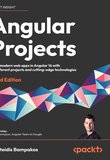
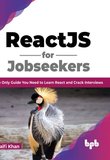


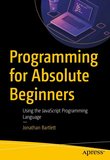
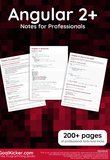
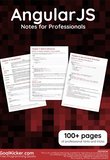
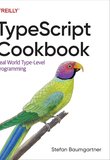
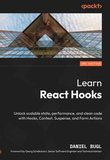
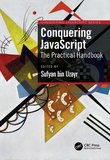
Отличная книга!